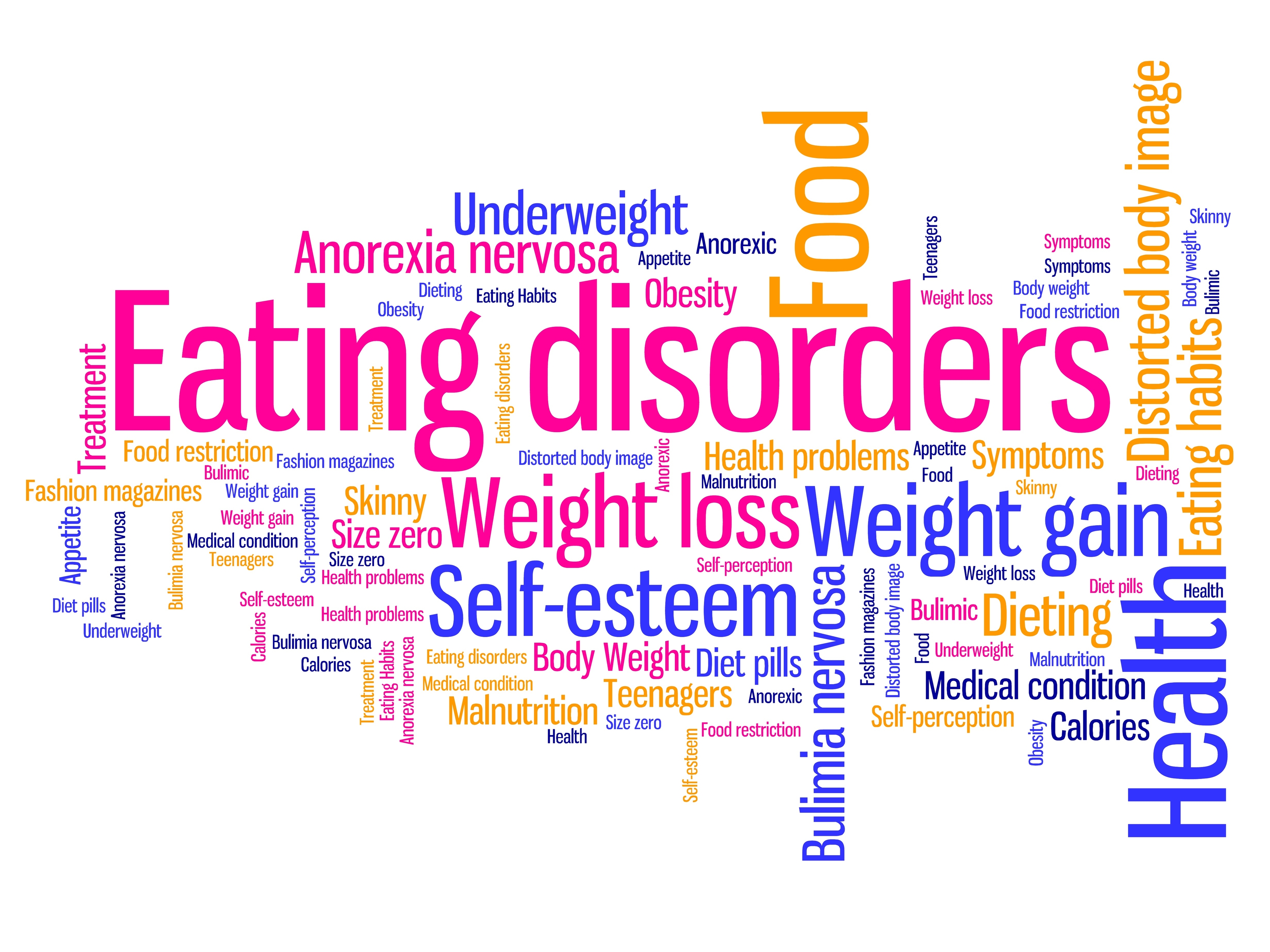In one of my classes, my professor presented a lecture titled “Marriage as a Compromise,” which explained the pros and cons of staying with one partner from an evolutionary perspective. In his lecture, he touched on the topic of gender identity and how this differs from one’s biological sex. He gave the example of a woman in the early 1900s who was born a female, married to a man, and had a child. However, this woman did not always feel comfortable in her body and decided to consult doctors to figure out if something was wrong with her. Finally, after exploring her gender identity, she decided something had to be changed. This woman eventually got divorced, underwent surgery, identified as a man, and went on to marry a woman.
This remarkable story of gender transformation and re-identification during such a conservative era got me thinking about what it means to be transgender today. The term “transgender” is used to describe a person whose gender identity, expression, or behavior does not typically match their assigned sex. A person’s gender identity refers to whether they identify as a man, woman, or something else (like both male and female, or neither). Gender expression is how the person communicates their gender identity to the outside world through their behavior, dress, body characteristics, voice or other forms of expression.
When most people talk about sex, they talk about a person’s biological status as either a male or a female, assigned at birth according to physiological characteristics like anatomy, chromosome profile, and hormone prevalence. Gender, on the other hand, refers to socially constructed roles, behaviors, activities, and attributes that a given society deems appropriate for both men and women. While biological sex characteristics are generally the same around the world, aspects of gender may be very different. The presence of menstruation, for instance, describes a sex characteristic, which holds true no matter where you are. An example of a gender characteristics is the societal division of labor in a household: in some parts of the world, women stay home to take care of the house and children, while men are at work.
As a matter of fact, there are several different gender identities that fall under the transgender category. The word transsexual refers to a person whose gender identity is different from his/her biologically assigned sex. Very often, these individuals wish to alter their bodies through surgeries, hormone treatments, or other means to align with their gender identity. The use of medical intervention in the process of transitioning between gender identities is commonly referred to as sex or gender reassignment or gender affirmation. Individuals undergoing gender affirmation surgery may identify as transsexual men or transsexual women. Other terms include trans men (female-to-male or FTM) or trans women (male-to-female or MTF), but some individuals may simply prefer to be called a man or woman instead of the more marked term transgender.
There are also other categories of transgender people including, but not limited to, androgynous, multi-gendered, gender-nonconforming, and third-gender. Since definitions for such terms may vary significantly, it is more important to remember that there are individuals who do not identify as simply “man” or “woman.” Though in some societies the binary concept of gender is the norm, there are many other cultures in which, traditionally, more than two genders exist. Individuals who identify as transgender encounter a multitude of hardships and obstacles in various aspects of society. Considering that other attributes of the person’s identity such as his/her race, class, and religious background also play a role in their experience, such difficulties are capable of causing psychological stress and deeply affecting an individual’s health status.
There are many different ways to support a person who is transgender and struggling in some way. One path to become more supportive of a friend, family member, or individual who is transgender is to educate yourself about transgender issues. It is also important to look at the person and realize there are many other sides to his/her unique identity, such as race, age, class, and lived experiences. Try politely asking him/her what name he/she would like to be called and what his/her preferred gender pronoun is, but don’t make assumptions about his/her sexual orientation. Sexual orientation and gender identity can vary greatly between any two transgender individuals. Remember, communication is key with any relationship! Having open communication with this person can help you further understand his/her struggles.
Citations
- Answers to your Questions About Transgender People, Gender Identity, and Gender Expression from the American Psychological Association <http://www.apa.org/topics/sexuality/transgender.aspx?item=13>
- What do we mean by “sex” and “gender”? from the World Health Organization <http://www.who.int/gender/whatisgender/en/>
Article by Marilyn Cabrera
Feature Image Source: xtra
























